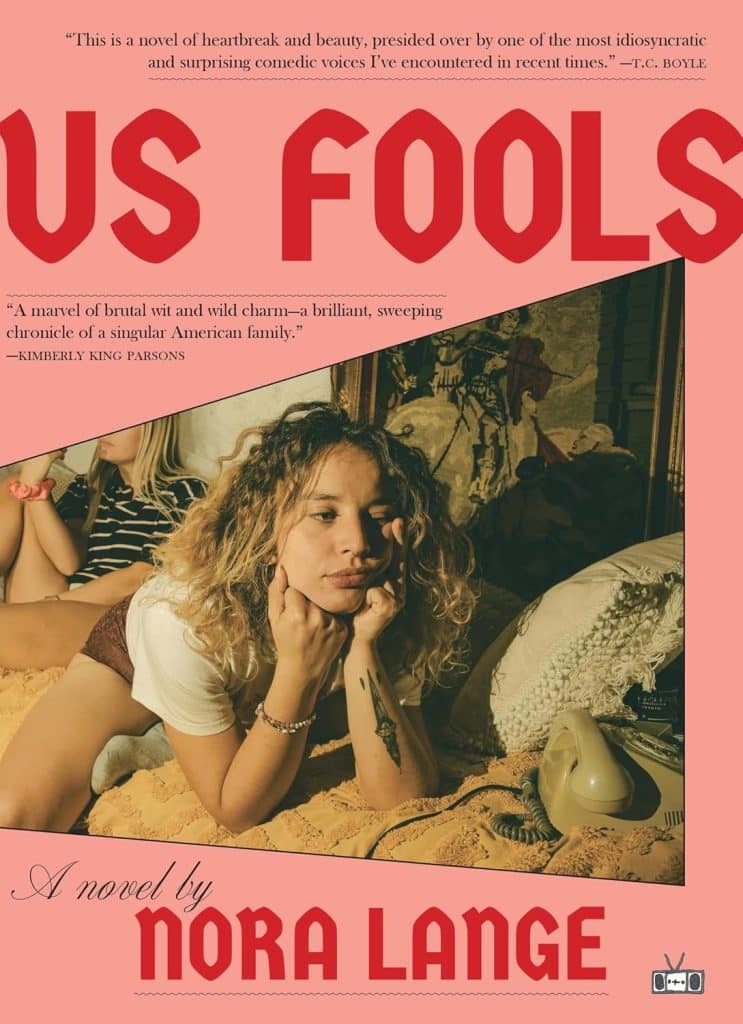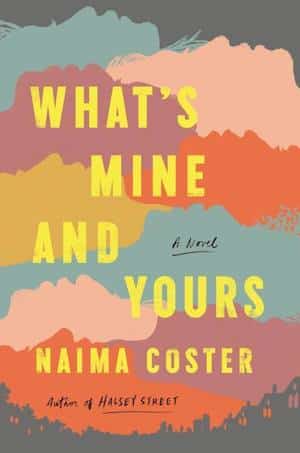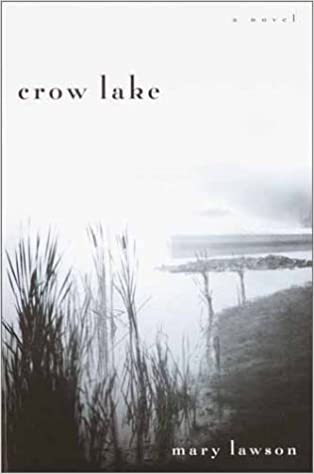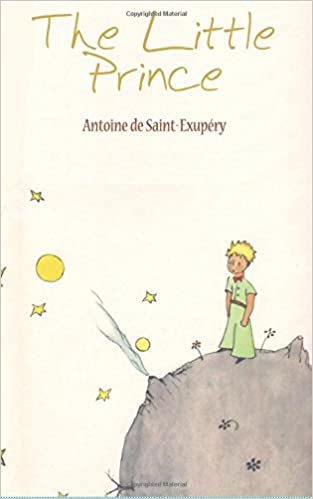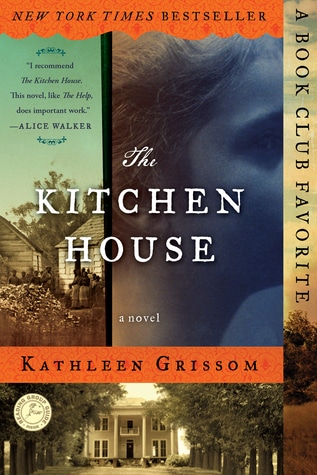Sliding Doors
Estimated reading time: 3 minutes, 54 seconds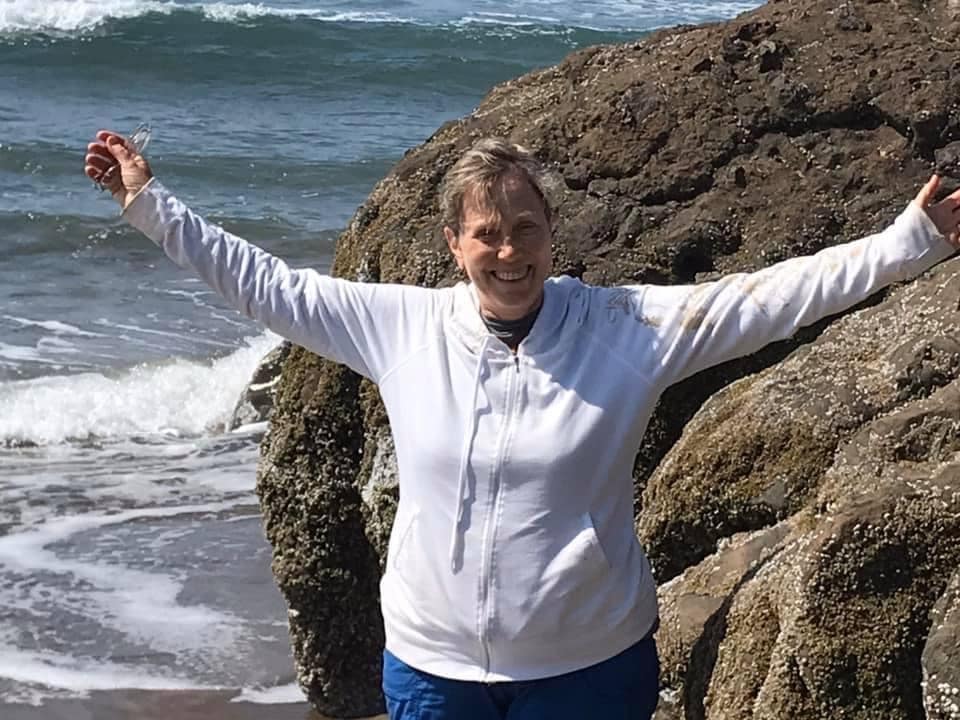
Jan Has a Blood Cancer
The sliding doors opened and closed as if by magic. No one entered, and no one exited. Our bodies were in the penumbra of the beam for the door’s automatic opening apparatus. Jan and I stood like frozen figurines in front of the Carol G. Simon Cancer Center threshold, and I squeezed her hand and whispered how much I loved her.
“I don’t have cancer,” she said. “Why am I here?”
My nervousness was difficult to hide as my voice attempted to reassure her that we were only going into the cancer center to meet with a doctor who could help us understand why her blood results were so low.
Slowly we moved forward and over the threshold into the center. Like most first-time visitors, we went to the wrong check-in desk. We turned right and found the correct one, and I said my wife was here to see Dr. Saksena.
After processing the medical and personal information, we found adjacent chairs in the waiting room. They called her name before I could speak, and I got up to go with her, but they told me to wait. I held Jan’s hand and wanted to reassure her I loved her and that this was one more step in getting an answer so that she could regain her health.
She has to get blood work first, and then we will call you to join her.
I paced around the waiting room not to get my hourly steps but to keep myself busy. I had not done this when our children were born, as I was next to her all the time. I heard them call my name and almost ran to the door to join her. I held her hand as we walked down a short hallway and into an examination room.
Dr. Rujuta Saksena was very professional, personable, and knowledgeable. After asking Jan a few questions about her work, life, and interests, she explained that she was both an oncologist and a hematologist.
She explained that she had examined Jan’s blood and did not have a definitive answer to the cause of the low blood counts. However, she said that it was a blood cancer and that they would know more, including the type of cancer and how to treat it, after further analysis.
I started to cry, and Jan began to shut down and hold her emotions inside of her. Dr. Saksena handed me tissues and reassured us that we need not be concerned as we still needed to determine the type of cancer. She stressed we found cancer early enough that it was very likely treatable.
We exited the room after a few questions and scheduled a follow-up appointment. We discovered it had rained when we left the center, and steam rose from the street. Without an umbrella, we stood under the awning and waited for the last drops to fall.
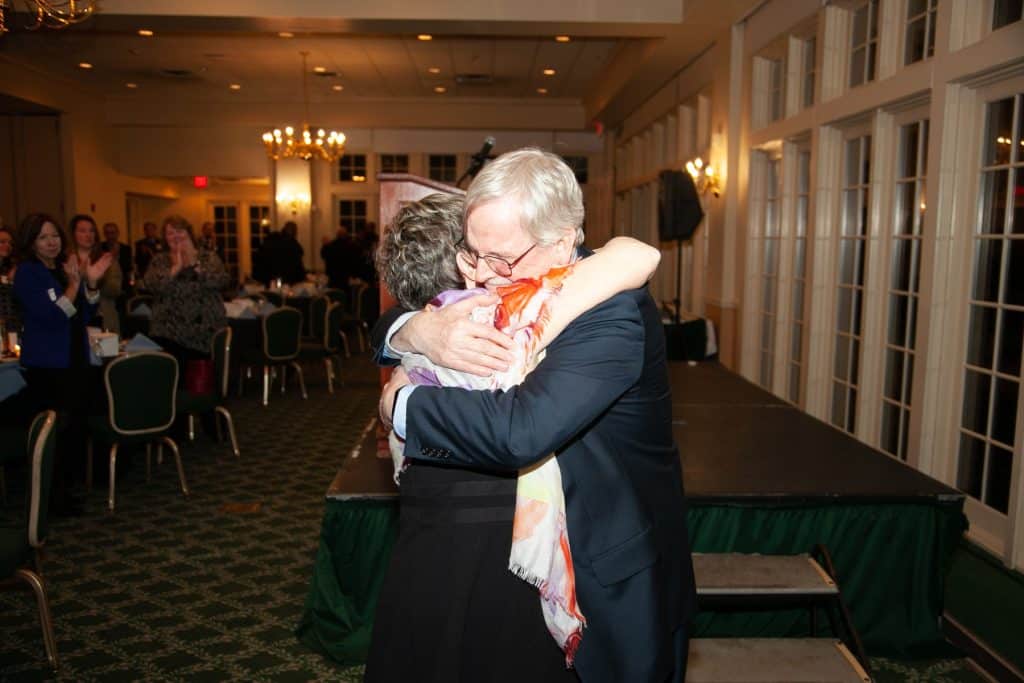
I pulled her toward me and hugged her tightly. “We are going to be OK, dear,” I said. I know I should not have cried, but I could not help it.
Jan started talking about her favorite role in life, being a bulldozer. “That’s how I will manage this,” she said. I could feel her pulling away and bottling up her feelings and emotions inside of her.
This time, that will not work,” I said. We will need all the support and help we can get.
She kept repeating her mantra. It’s worked every other time, and it will work this time.
We talked without resolving anything. We agreed to keep talking.
That is how Jan’s nineteen-month cancer journey began precisely two years ago today. Until the end, I showered her with love and encouraged her to accept help from family and friends.
Despite my tears, I was confident she would be OK then. We had an excellent medical team and would soon have a treatment plan.
Taking on the caregiver’s constantly changing role, I committed to doing these tasks better than ever. I am not sure if I was a good caregiver, but I know that the love, care, and support I provided helped my wife during the most challenging days of her life. Two years later, I know I did the best I could as a caregiver.
I miss her and always will. Love never dies!

This work is licensed under a Creative Commons Attribution-NonCommercial 4.0 International License.
After almost 48 years, I recently lost my wife, Jan Lilien. Like The Little Prince, Jan and I believed that “The most beautiful things in the world cannot be seen or touched, they are felt with the heart.” This blog is a collection of my random thoughts on love, grief, life, and all things considered.
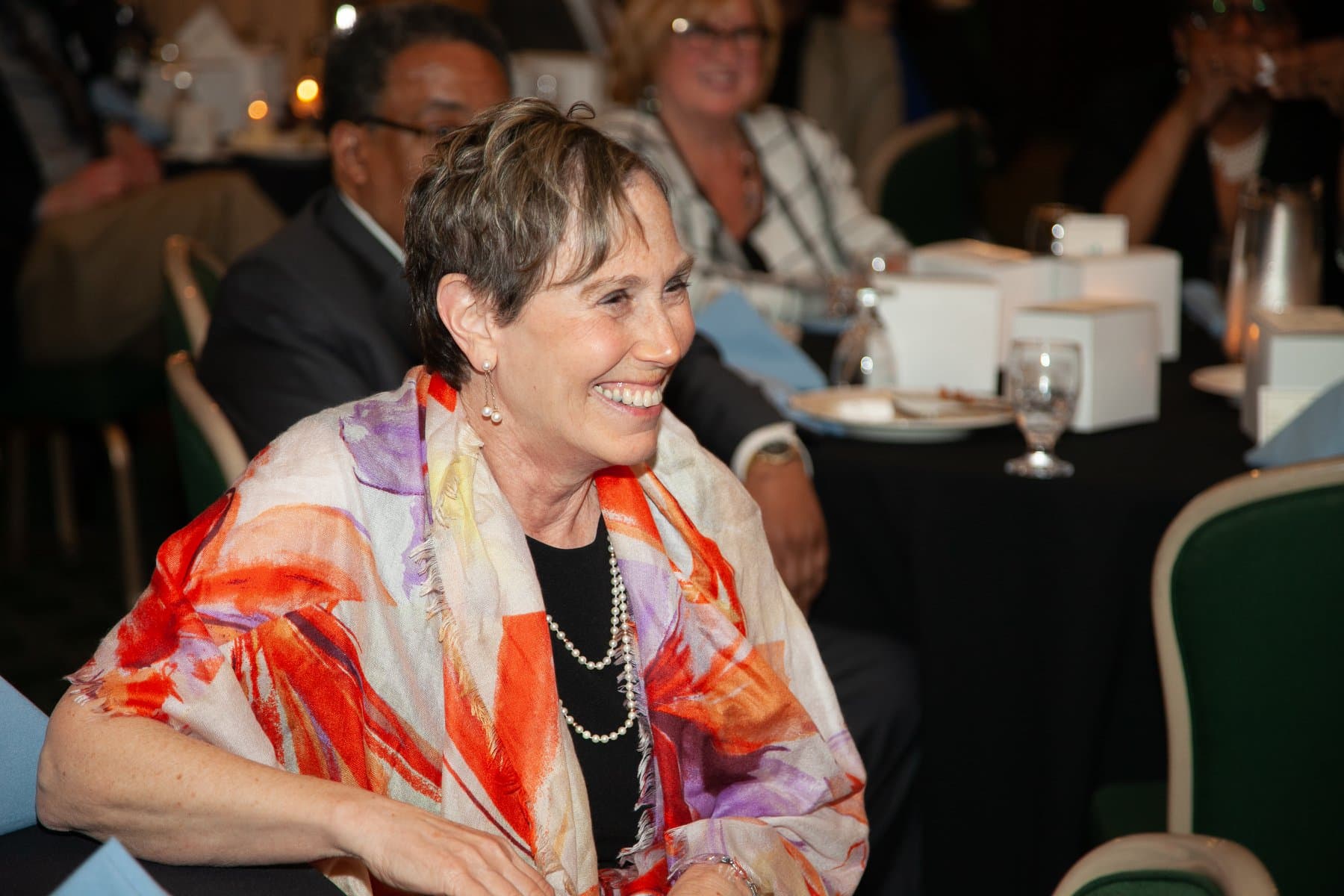
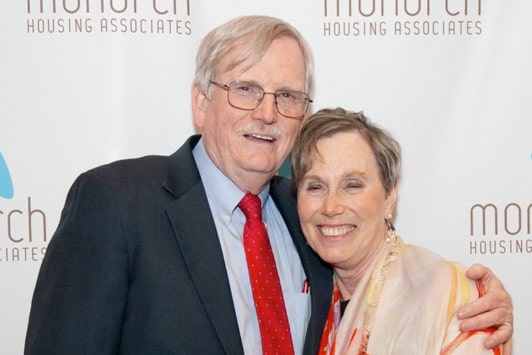
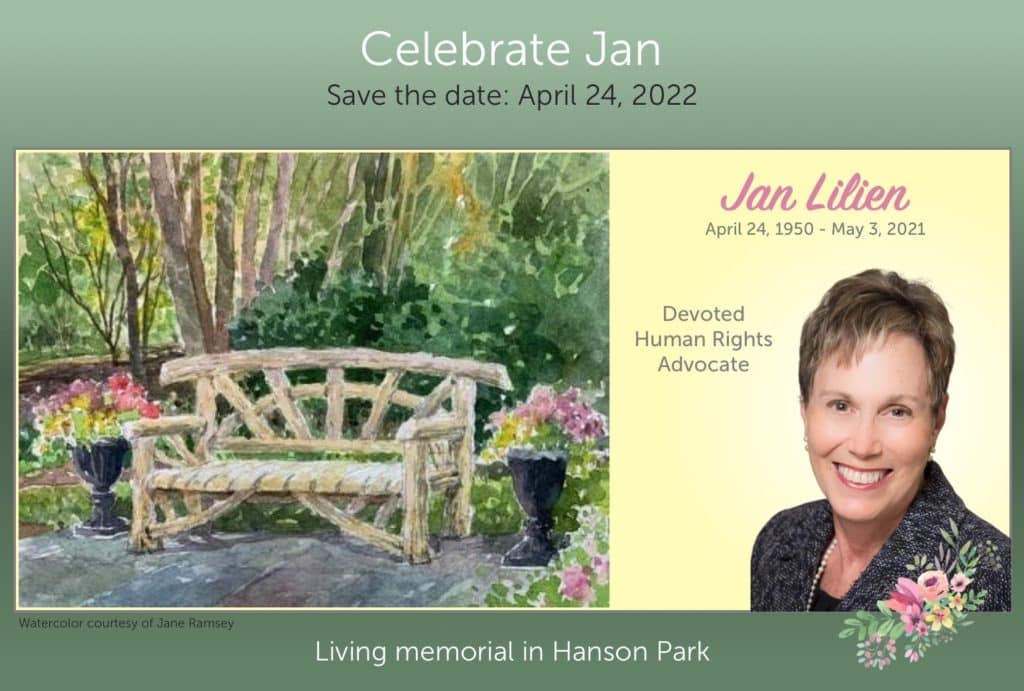
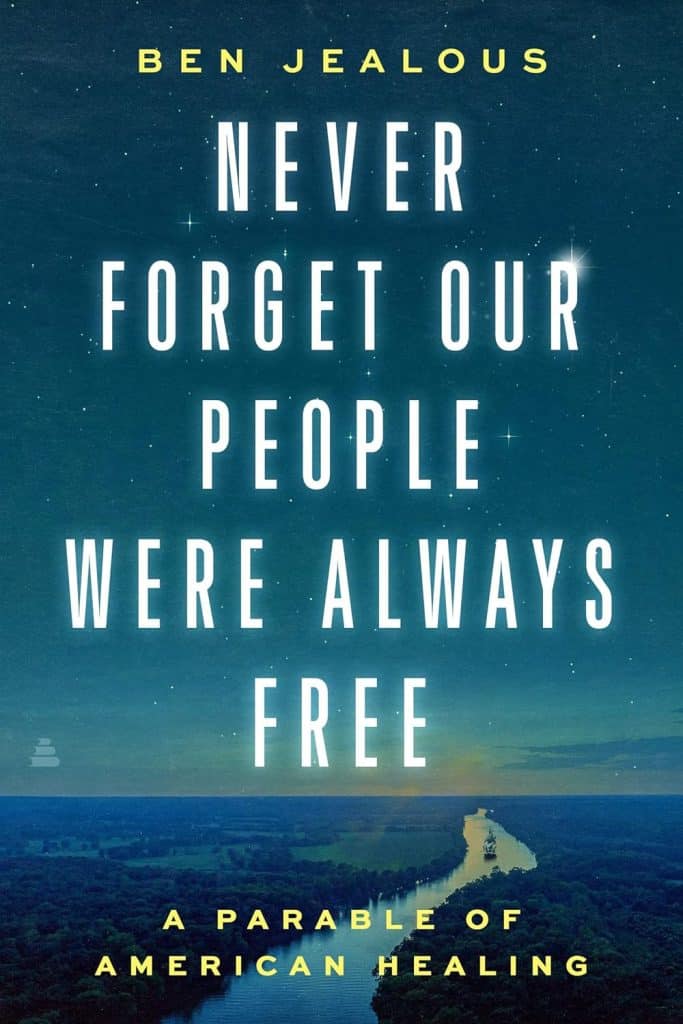
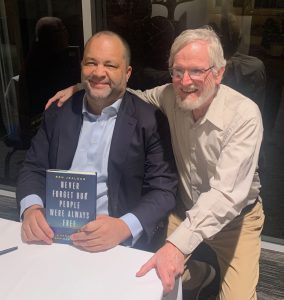
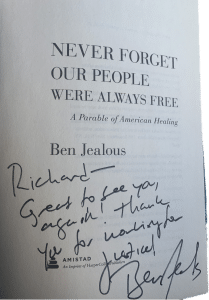 The book Never Forget Our People Were Always Free is told through parables. It features intimate glimpses of political and
The book Never Forget Our People Were Always Free is told through parables. It features intimate glimpses of political and 